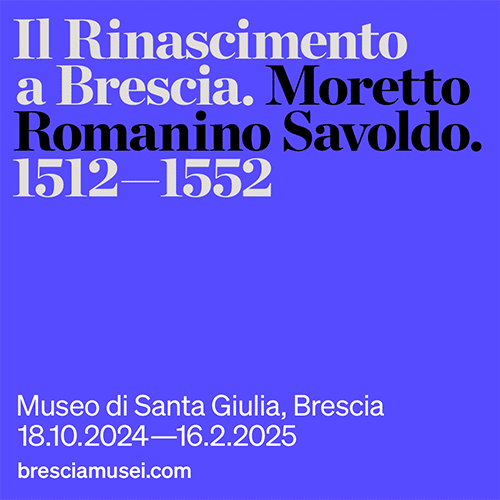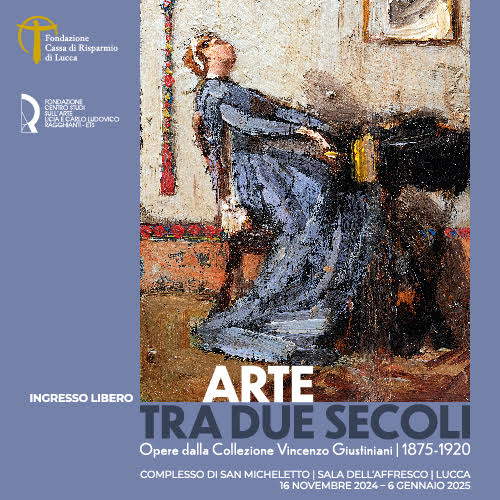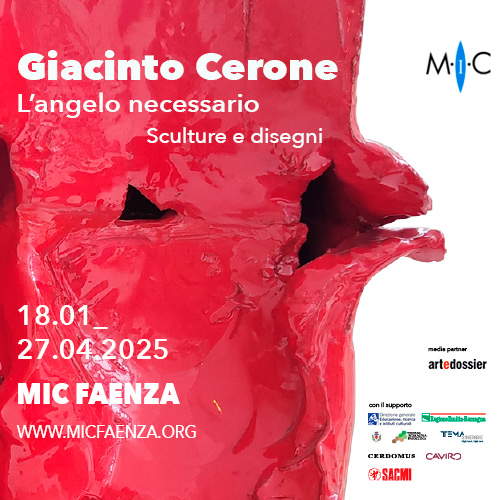At the Pitti Palace after 3 years, the Fashion Museum reopens. And Schmidt appeals to influencers
After three years of closure, the Museum of Fashion and Costume reopens in the halls of the Pitti Palace in Florence. On stage goes the twentieth century, or the century of “a thousand styles,” with a selection of more than 50 dresses and accessories in twelve new rooms. There is the theatrical ’cloak-kimono’ created by Mariano Fortuny for Eleonora Duse, Chanel’s 1920s ’flapper’ tunic, the sequined splendor of the outfit worn by Franca Florio and the flamboyant evening gowns of Elsa Schiaparelli, to the regal luxury of the creations of Emilio Schubert, the tailor of the divas in the 1950s (his garments for Gina Lollobrigida and Sophia Loren are famous). And again, the geometric extravagances of Patty Pravo ’s dress designed in the early 1980s by Gianni Versace, the essential sensuality of the black sheath designed by Jean Paul Gaultier and made famous by Madonna, the dreamy allure of Gianfranco Ferré ’s collection for Dior in the 1990s.
The history of taste in fashion in the century of a thousand styles, the twentieth century, along with that of the early years of the current millennium (on display are pieces by Miuccia Prada, Giorgio Armani, John Galliano), is exhibited and told through a selection of masterpieces in the renovated Fashion and Costume Museum in the Pitti Palace. The institution closed three years ago, mprima for Covid, then for the complex work of rearrangement, the result of which can be seen today: the museum thus returns to visit forty years after the founding of what is in fact now a section of the Uffizi Galleries.
The Pitti Palace Fashion and Costume Museum was in fact inaugurated under the name of the Costume Gallery on October 8, 1983 by Kirsten Aschengreen Piacenti, a pivotal figure in the formation of the current Pitti Palace museum complex. The idea of establishing a gallery dedicated to historical costumes, the first in Italy, had matured in the late 1970s as part of the reorganization of the Museo degli Argenti, of which Piacenti was director. Immediately after the opening of the museum, Tirelli offered as a gift a substantial nucleus of his collection, consisting not only of historical costumes of great value, but also of stage costumes accompanied by sketches documenting their creative genesis. The authors of the theatrical, film and television materials included the names of Piero Tosi, Pier Luigi Pizzi, Gabriella Pescucci, Gae Aulenti, Vera Marzot, Carlo Diappi, Alberto Verso, Fabrizio Monteverde and Bice Brichetto. During the years of Piacenti’s directorship, the collection grew exponentially. Among the most significant donations were Tornabuoni-Lineapiù, Emilio Pucci and Roberta di Camerino. By the tenth anniversary of the museum’s inception, the collection numbered thousands of pieces and had to its credit, in addition to five permanent selections, nine thematic exhibitions, each dedicated to a particular aspect of the evolution of fashion. Piacenti’s direction, which ended in 1996, was followed by those of Carlo Sisi and Caterina Chiarelli.
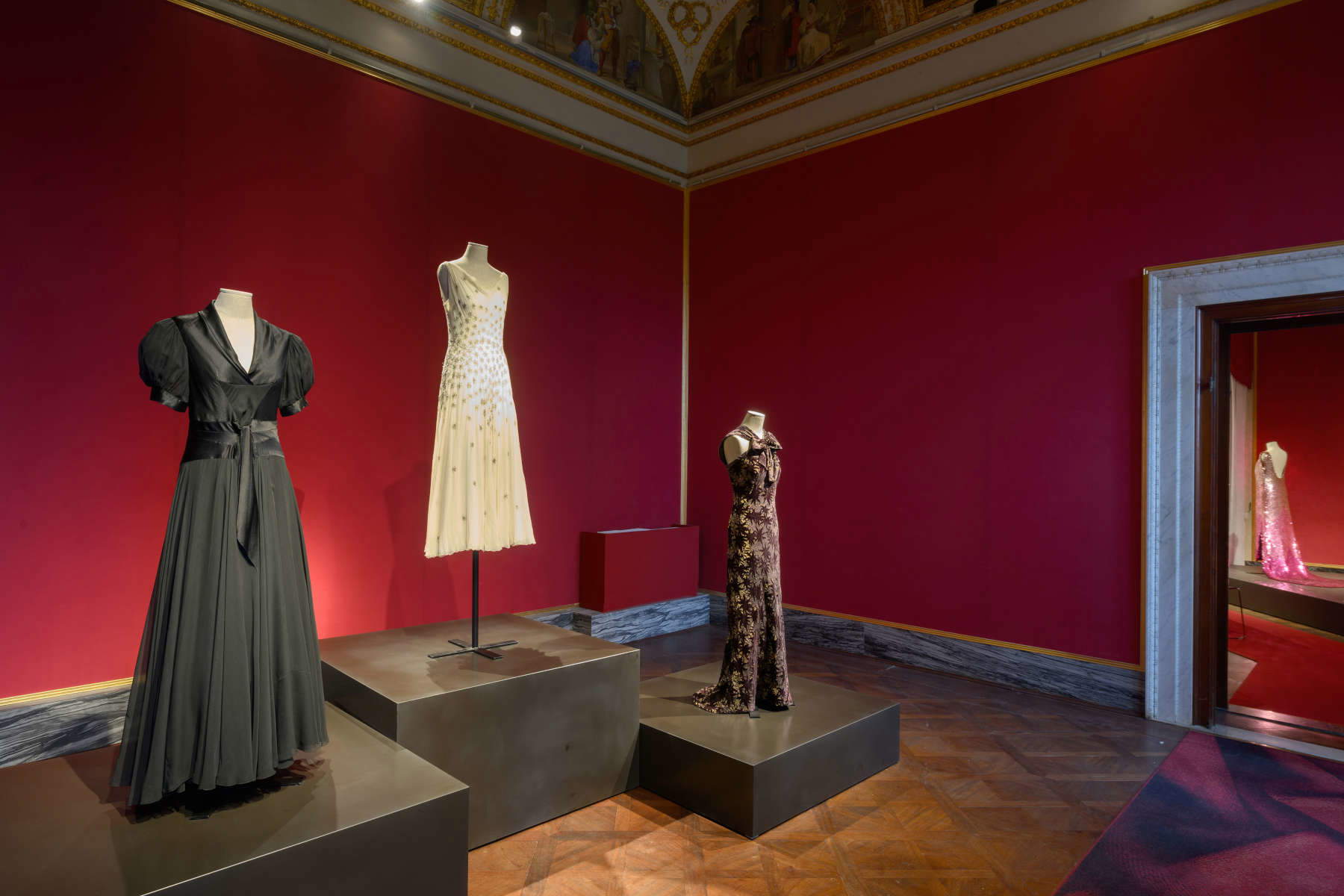
 Reopening of the Fashion
Reopening of the Fashion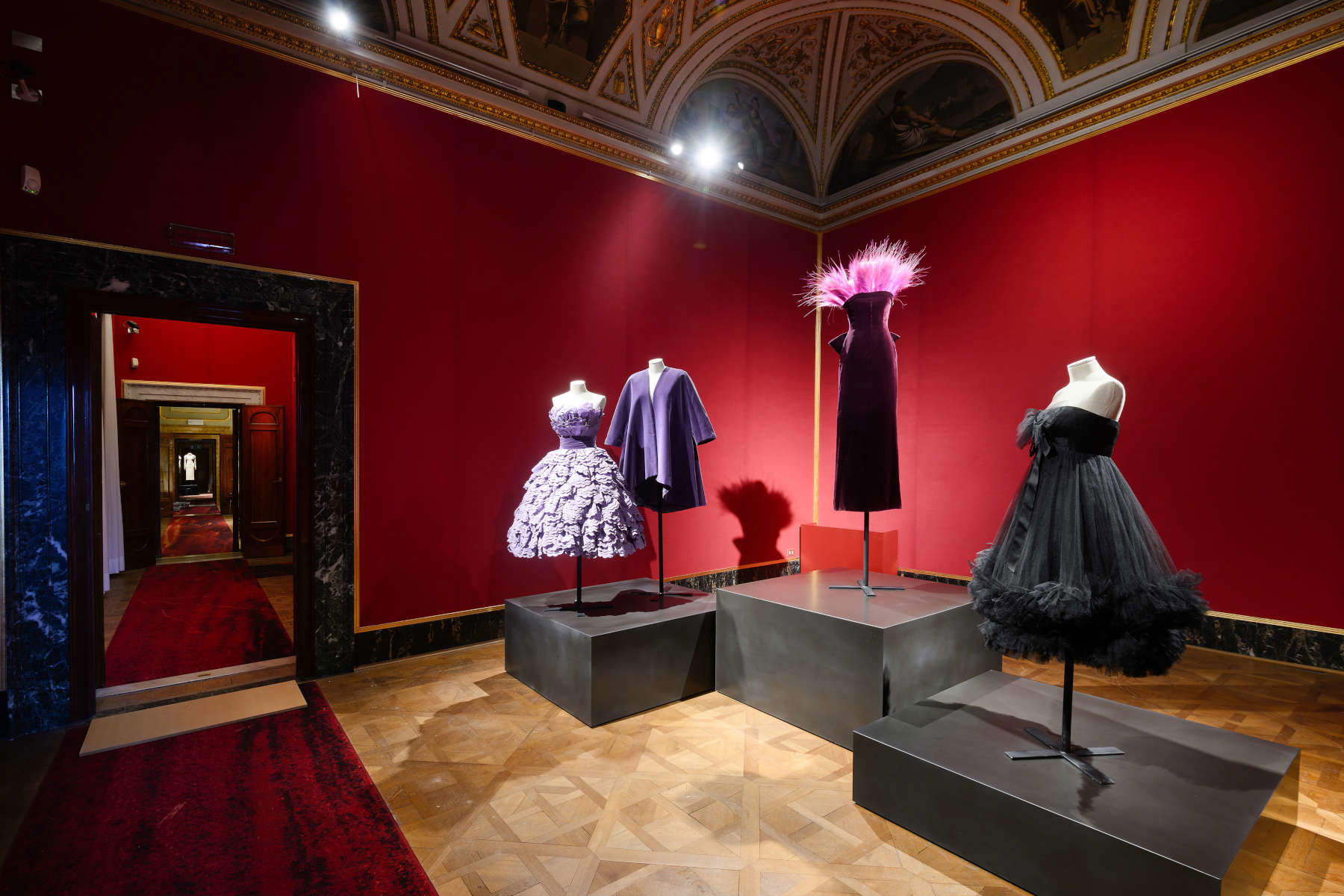 Reopening of the Fashion
Reopening of the Fashion Reopening of the Fashion
Reopening of the Fashion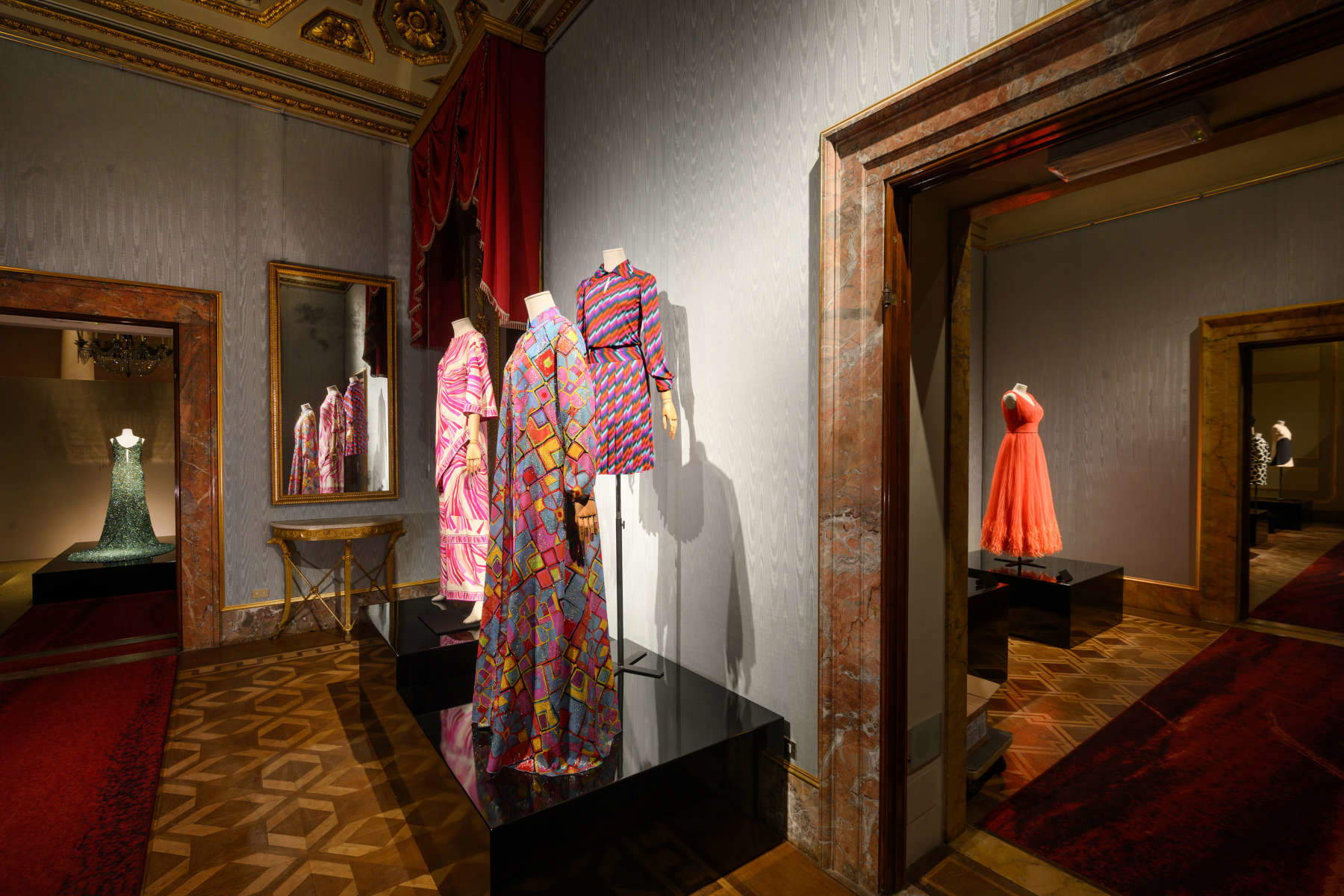 Reopening of the Fashion
Reopening of the Fashion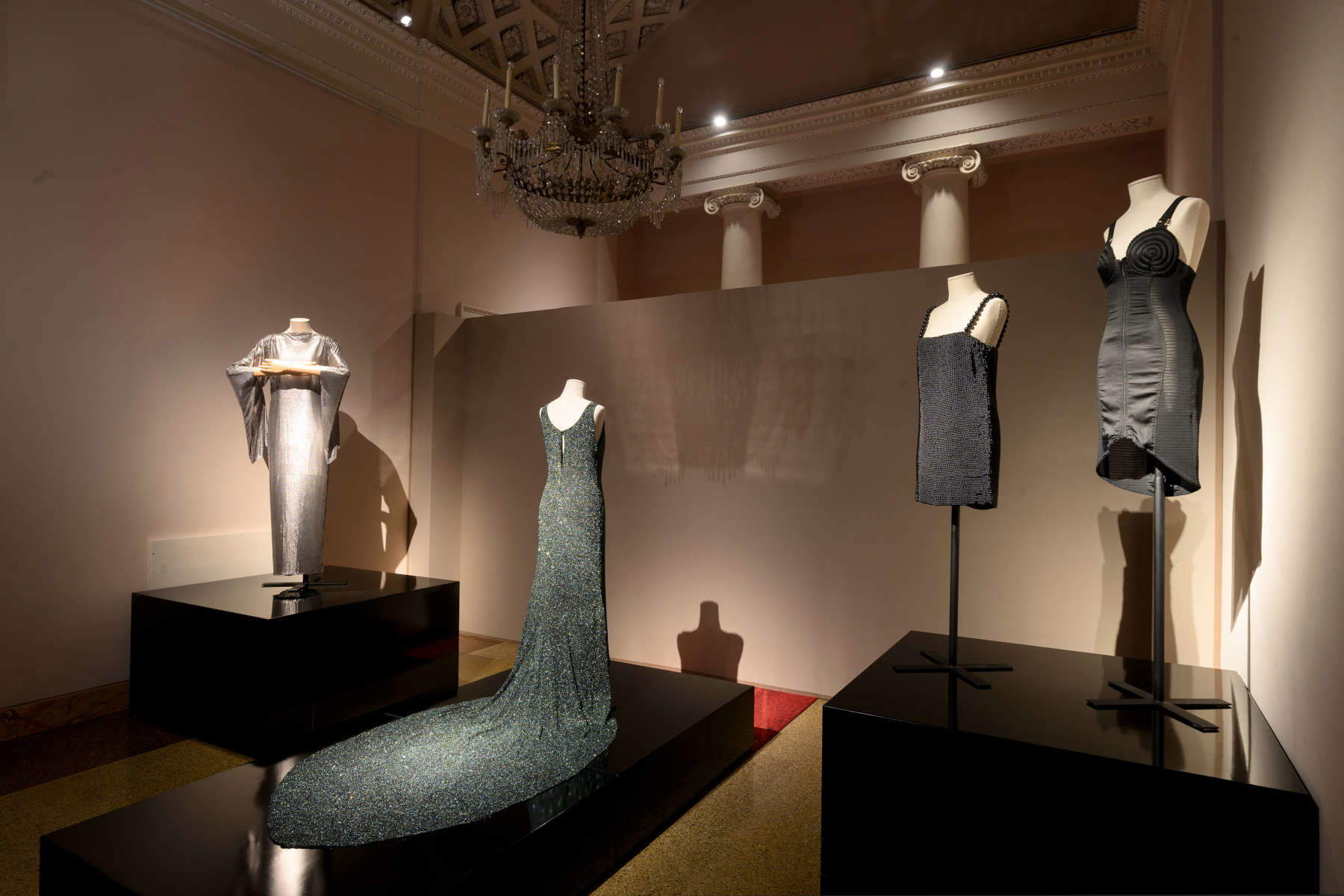 Reopening of the Fashion
Reopening of the Fashion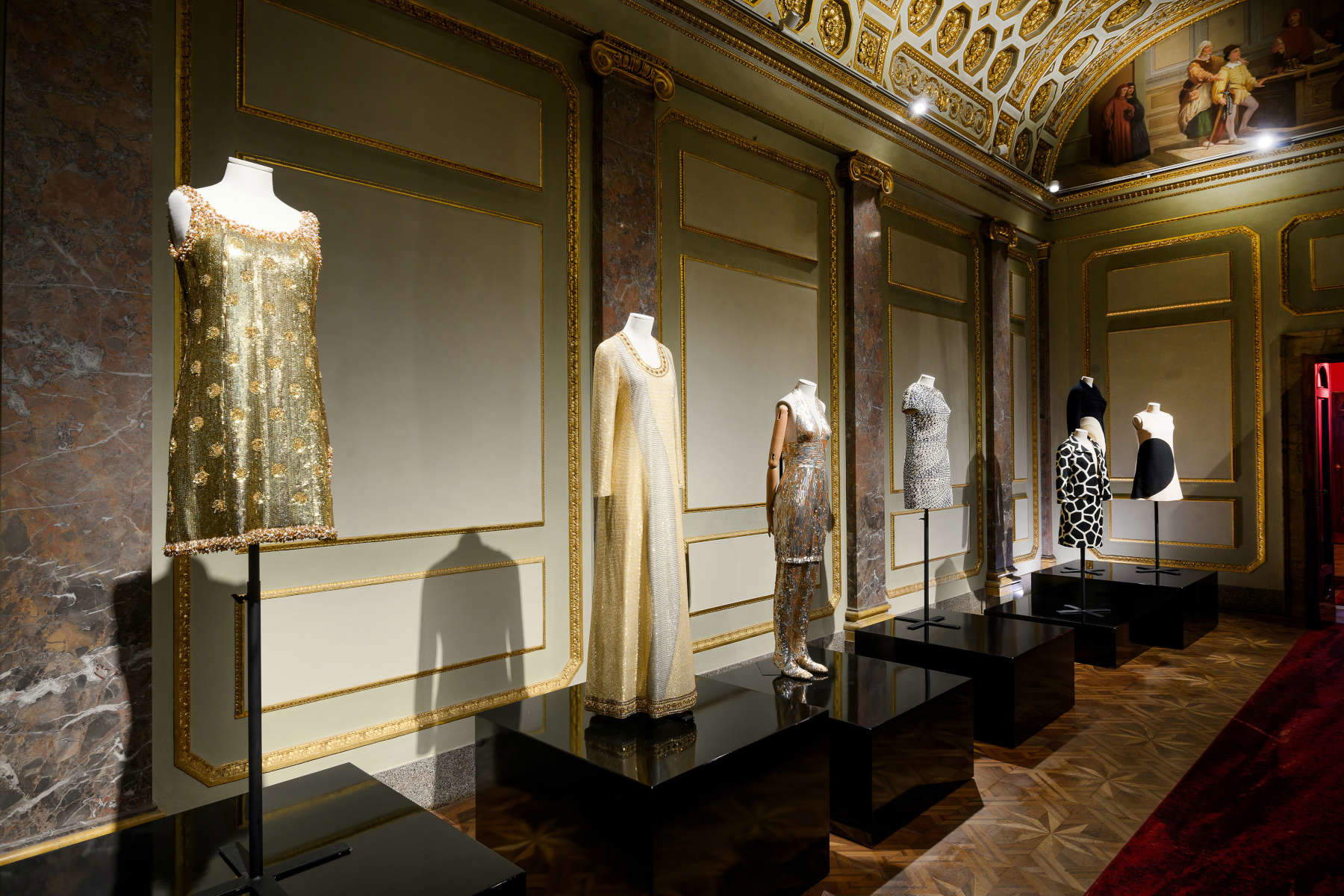 Reopening of the Fashion
Reopening of the Fashion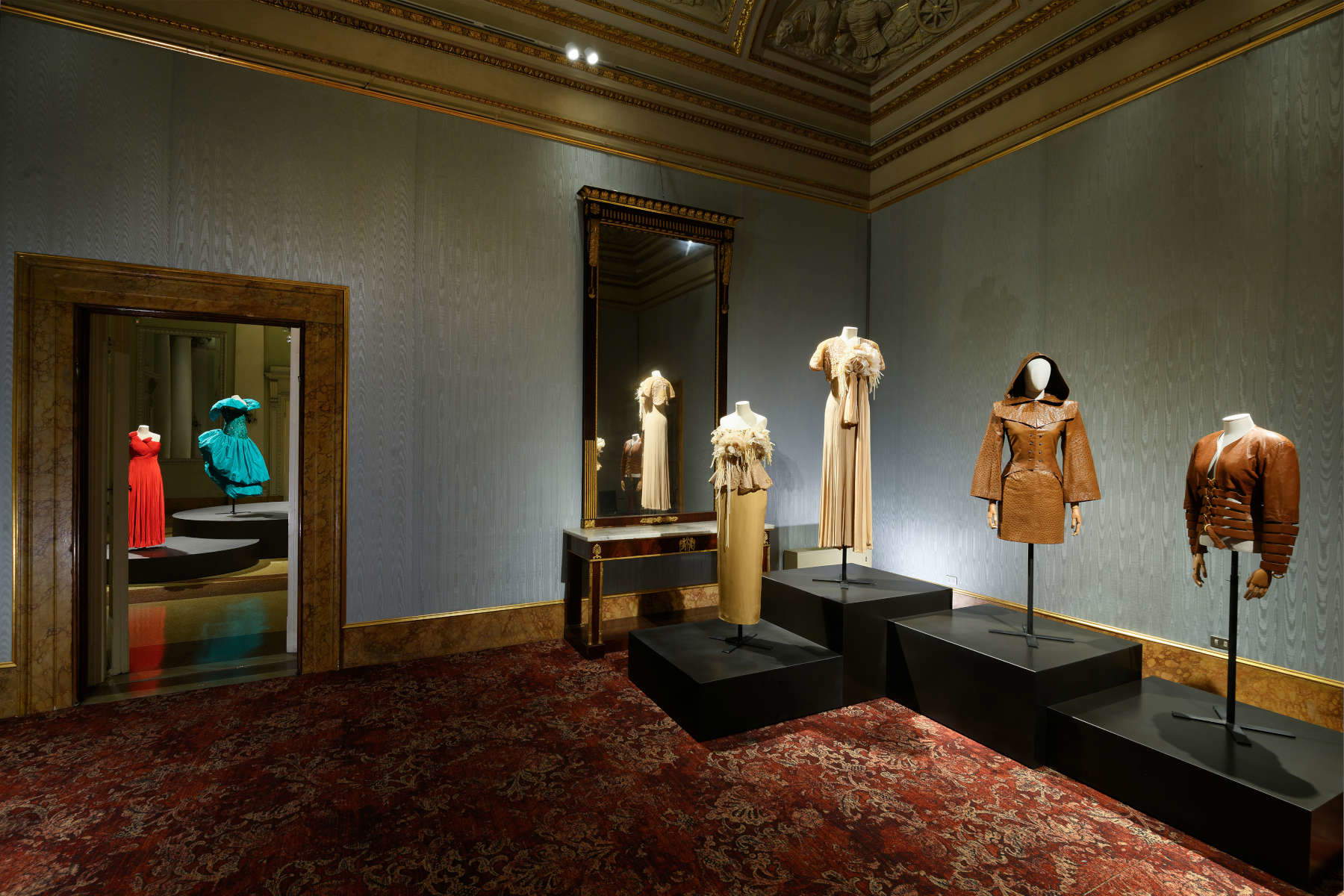 Reopening of the Fashion
Reopening of the Fashion Reopening of the Fashion
Reopening of the Fashion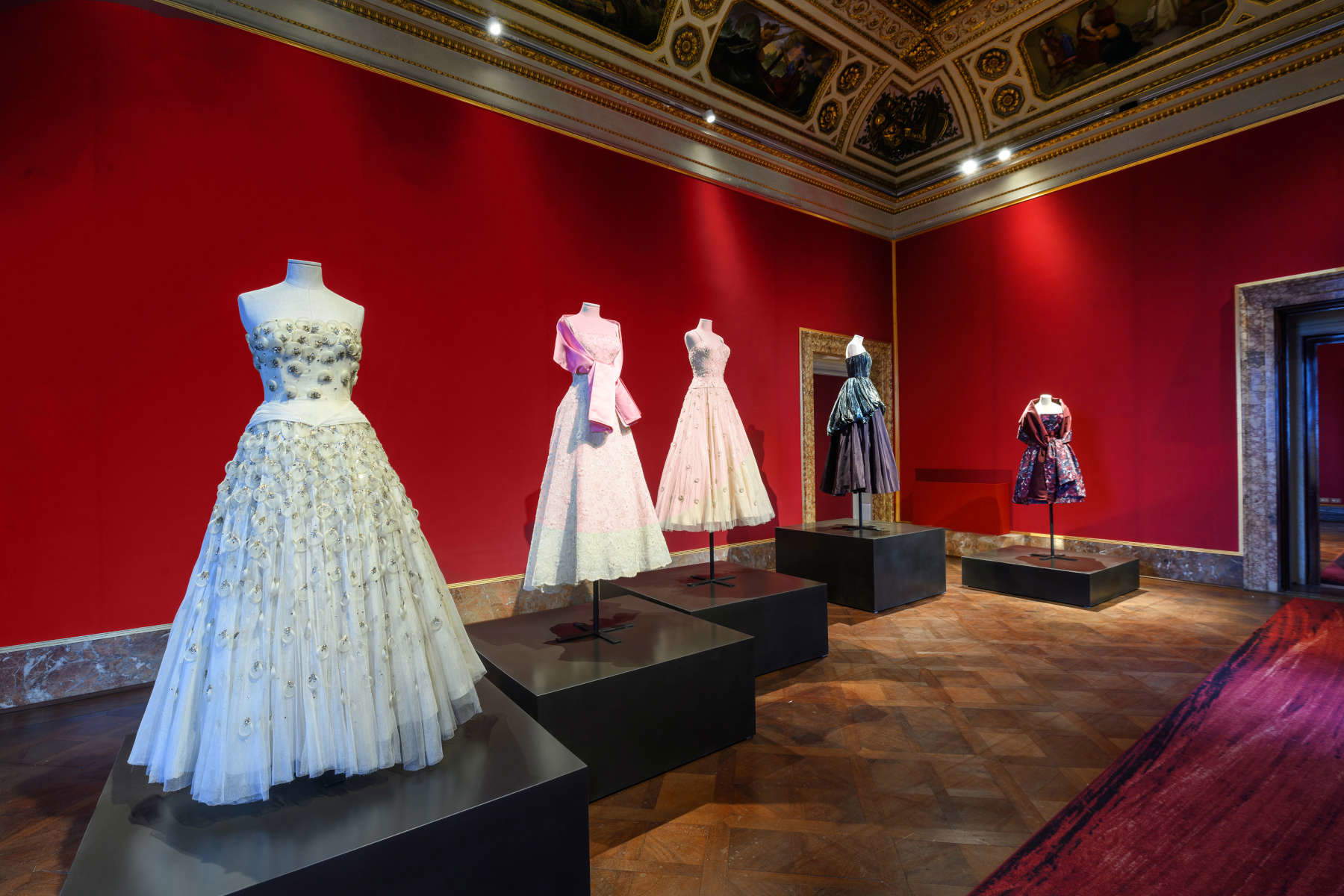 Reopening of the Pitti Palace Museum of Fashion
Reopening of the Pitti Palace Museum of Fashion
In recent years, with Eike Schmidt in charge of the Uffizi Galleries, the Fashion Museum has opened its collections to the contemporary world, thanks in part to recent donations bestowed by the Florence Center for Italian Fashion and Pitti Immagine, which have enabled it to integrate numerous men’s pieces with the pre-existing collections, which mainly focused on women’s fashion. The museum’s holdings have also been fully digitized, through photographic and cataloging campaigns, in order to include the museum’s collections within the Galleries’ Digital Archives.
This first reopening begins with 50 of the museum’s vaunted dresses, accompanied by a sumptuous selection of shoes, hats and other accessories. The opening is the first act in the total renovation of the Museum of Fashion and Costume: in fact, ten more rooms will be ready for visitors in the spring, displaying the most striking costumes of the nobility and aristocracy from the 16th to the 19th century, along with a room entirely dedicated to jewelry.
“The works in the very delicate rooms of the Pitti Palace,” stresses Uffizi director Eike Schmidt, “have naturally long gestation times, also because of the research that precedes each intervention, but the results are always amazing, like those we admire today in the Museum of Fashion and Costume. It is not only the clothes that are presented, but also the restored rooms with new lighting suitable for the presentation and preservation of fabrics. The designers’ creations thus appear not only as evidence of the taste of an era that saw extraordinary changes, or as attestations to the genius of the designers, but also as art objects in their own right, as sculptures or paintings of fabric, leather, beads, colored threads, feathers. For the fantastic work that everyone can admire starting today, I want to give special thanks to all the members of the curiatorial working group who over the past few years have helped to create the new exhibition concept and to select the garments from the first rotation, the architects and restorers who, all together, made it possible to create the new exhibition.”
The curator of the Fashion Museum, Vanessa Gavioli, comments, “For the permanent exhibition, the curatorial choice was oriented on the most relevant garments of the collection; these were first restored and then interpreted through the complex process of dressing and mise-en-scène, in the rooms of the neoclassical Palazzina della Meridiana, thanks to a highly qualified working group. The result is a dreamlike journey where evening gowns triumph, but there is no shortage of daywear and accessories.”
Finally, Director Schmidt also makes an appeal to influencers and creators: “I wanted to remind them of the ’importance of donors in shaping the priceless collection of the Fashion and Costume Museum at the Pitti Palace,” says the director. “The appeal I now make is to continue with donations for years to come; it is an appeal to everyone, but especially to fashion designers, actors, singers, as in the past but now we add influencers and creators: donate, to make this unique museum in our country more and more beautiful.”
 |
| At the Pitti Palace after 3 years, the Fashion Museum reopens. And Schmidt appeals to influencers |
Warning: the translation into English of the original Italian article was created using automatic tools. We undertake to review all articles, but we do not guarantee the total absence of inaccuracies in the translation due to the program. You can find the original by clicking on the ITA button. If you find any mistake,please contact us.






